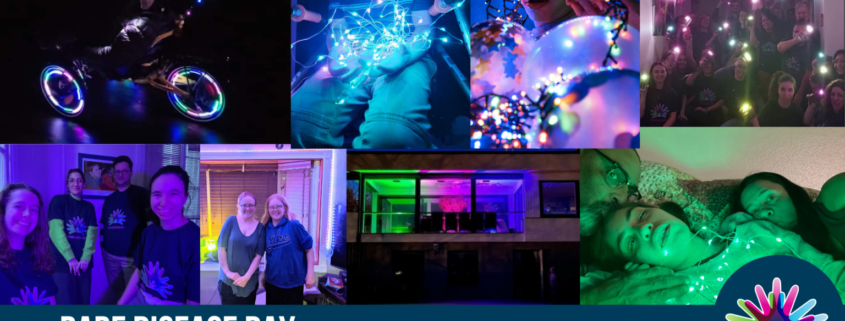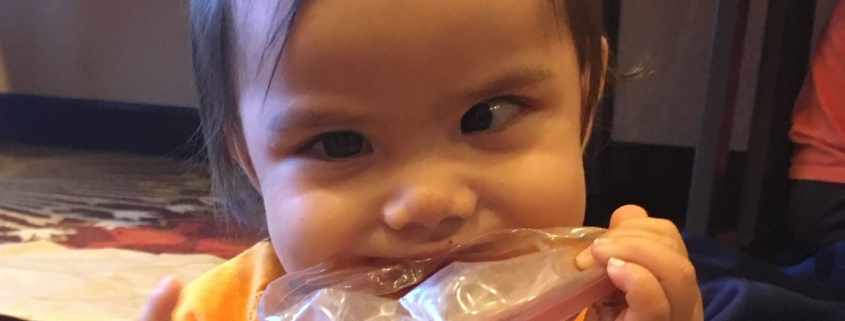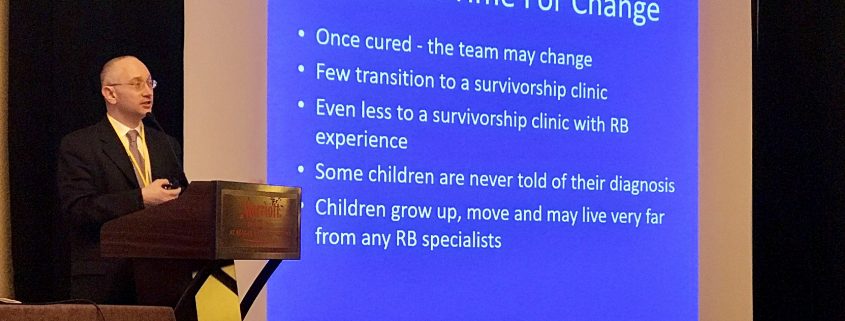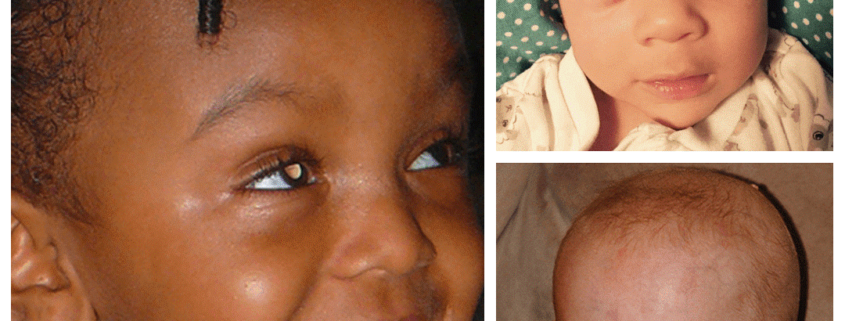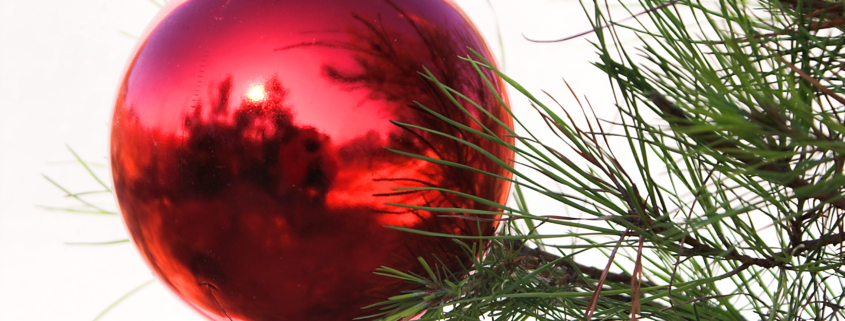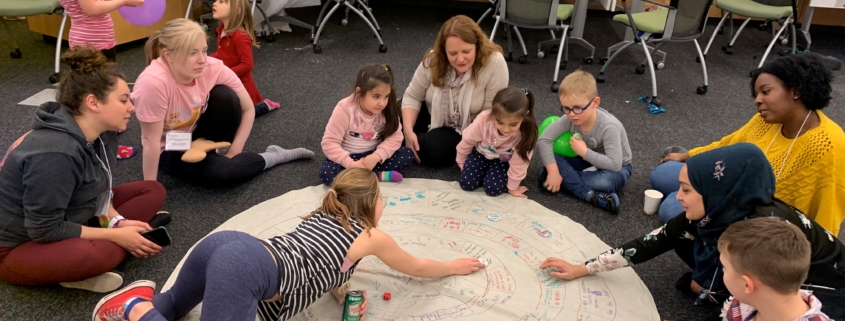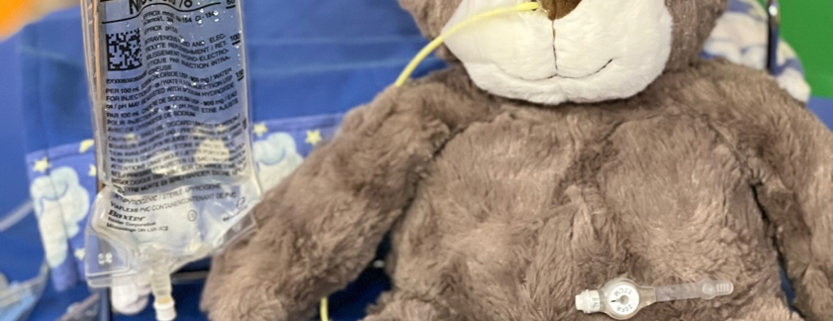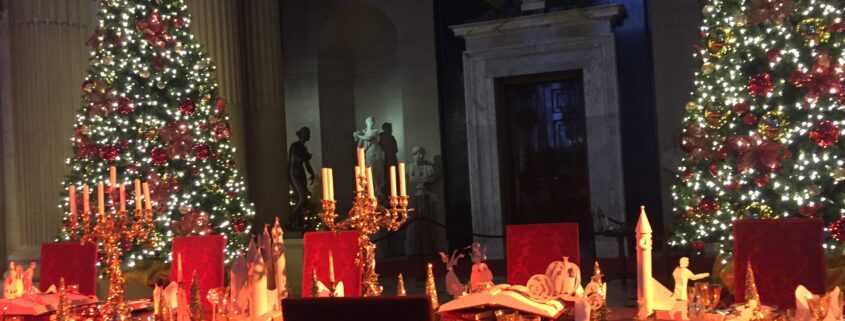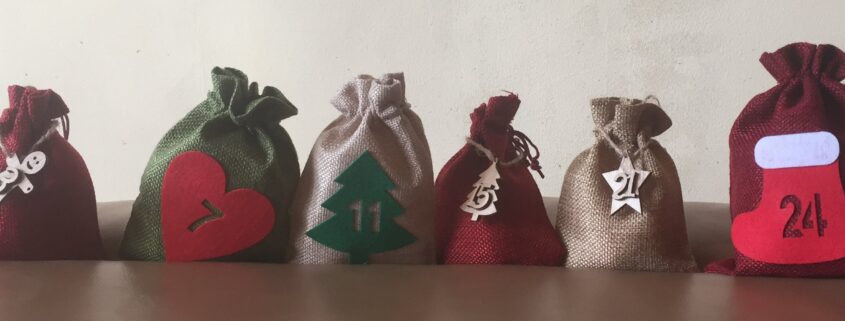Light Up for Rare and Share Your Retinoblastoma Colours on February 29!
Retinoblastoma is a rare cancer, affecting around 1 in 16,000 live births. Rarity poses challenges from pre-diagnosis through treatment and lifelong care – Rare Disease Day matters to our community! Discover how you can glow bright on the evening of February 29 to help form a Global Chain of Light for everyone living with rare childhood eye cancer and its effects.

